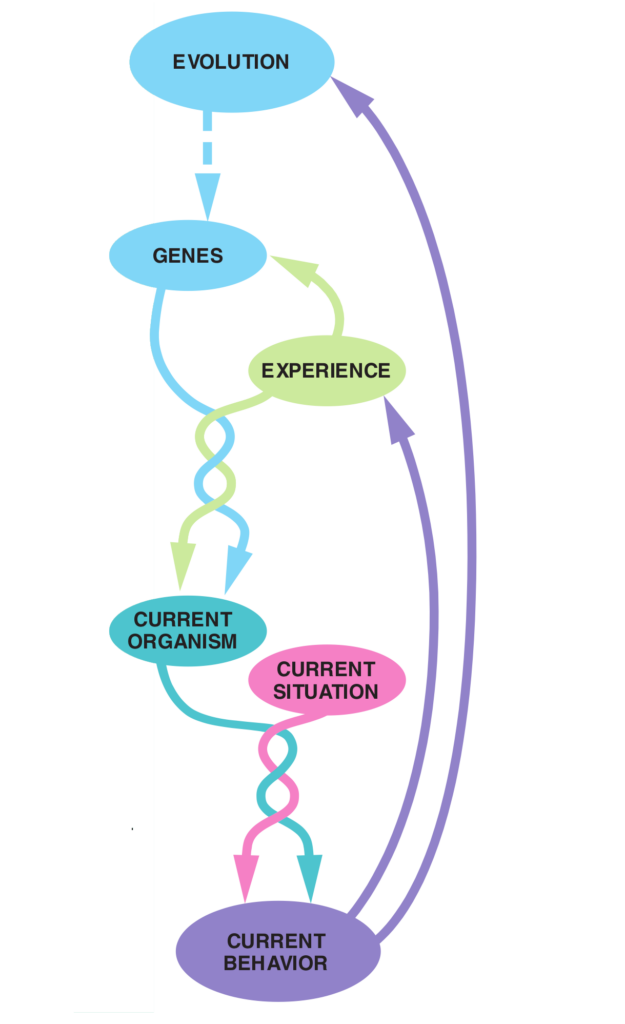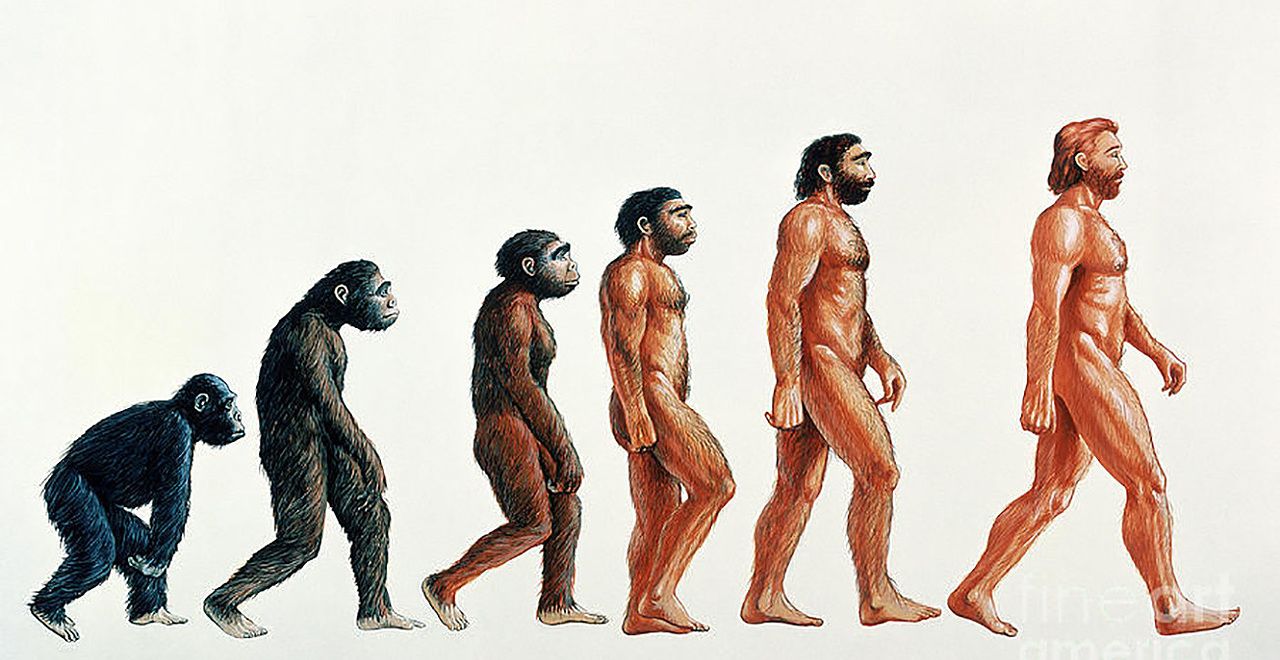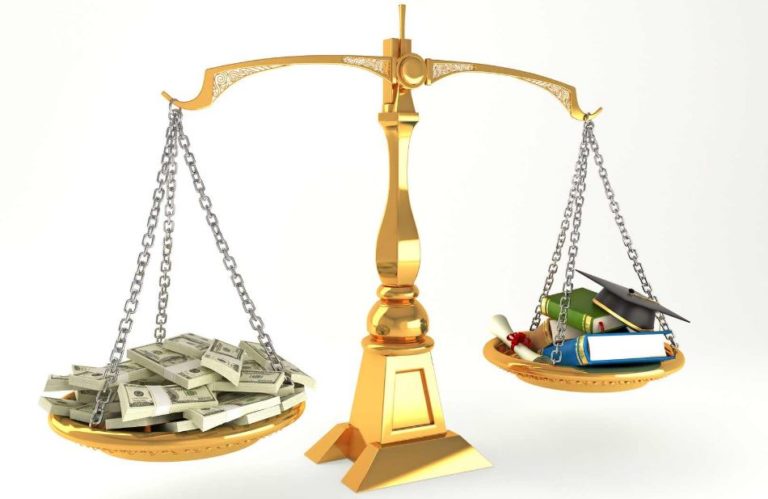Evolution shaped behavior
Unexpected opportunities and threats shaped human behaviors fundamentally.
GOAL
CONCLUSIONS
STRUCTURE
FOLLOW UP
REFERENCES
GOAL
The purpose of this post is to link generalized features of evolution and natural selection to their subsequent human behavioral responses.
Background
Million of years of evolution and natural selection have shaped hominoid behavior in order to physically and mentally deal with its surroundings. Rather than exhaustively trying to summarize specific human universal behaviors, we try to generalize as much as possible the features of evolution and their accompanying human behaviors.
CONCLUSIONS
STRUCTURE
Cause and effect, can be more or less redefined as interaction. This interaction can have evolutionary losers and/or winners. The interaction can be classified as a mixture of cooperation, competition or coincidence. Cooperation and competition can take many forms. Cooperation can be an equal-level-playing field (ie, investment and return are fully equally split, but even then…). Or cooperation can be submissive or suppressive. Because human behavior can be a additive it is difficult to objectively attribute behavior to a certain effect.
FOLLOW UP
- Is evolution towards or away from chaos?
- Is human behavior universal and are all behaviors shaped by evolution?
REFERENCES
First of all, both evolution and natural selection is basically about change. This change can evolve slowly as well as fast. However, because of the complexity of the world, this change is frequently neither straightforward nor predictable for human beings. Because of limited cognitive abilities, we humans cannot always fully comprehend and trace back the roots of opportunities or threats which the world brings. Therefore, in real life, humans have to be instantly prepared for the unexpected, which is vital for increasing survival and reproduction probabilities. For that purpose human beings are equipped with what Daniel Kahneman coined System 1. This part of the human mental capacities is evolutionary designed to deal with swift fight-or-flight situations to prevent being struck by a dangerous animal in the old days or caught by a truck in more modern times. An elemental part of this fast-track reaction device is a pattern detecting bias. Humans detect patterns more often than there are in reality. This bias has profound survival fitness. Better to see a pattern too many, than missing out on one with fatal consequences.
Second, despite the complexity of an ever changing world, evolution is in the perception of humans deterministic and obeys the principles of cause-and-effect. Causality is an abstraction that indicates how the world changes throughout time, which is basically what evolution is about. The perception of cause-and effect is deeply grounded in the human belief system: ‘something has to come somehow from somewhere’. Moreover, causality is also implicit in the logic and structure of ordinary language and communication. Humans have a difficulty to simply accept randomness as a root cause. Consequently the people often attribute good and evil to persons and things or, if anything else fails, to some divine intervention otherwise. Human behavior and language throughout history resulted in a rationalization of thought but paradoxically at the same time led to irrational behaviors to questions which logic could not answer. Religion fulfills in this context the knowledge gap of humans who want to fill the blanks in their causal world view. The urge to attribute is closely inked to the pattern seeking behavior mentioned earlier. Detecting causal patterns bides time which is essential to living creatures. If people know the roots of good and evil, they can prepare for it. Better to be prepared unnecessary than to be unprepared when needed. The same reasoning is applied by believing in God: the downside of falsely not believing in God is much higher than incorrectly believing in God. Consequently people sometimes believe in God “just to be sure”.
Cause and effect can be more or less redefined as interaction. This interaction arises when humans are competing for scarce resources like food and mates and can have evolutionary losers and/or winners. This facilitates competition and cooperation. Cooperation and competition can take many forms. Cooperation can be an equal-level-playing field (ie, investment and return are fully equally split, but even then…). Or cooperation can be submissive or suppressive. Because human behavior can be a additive it is difficult to objectively attribute behavior to a certain effect.






